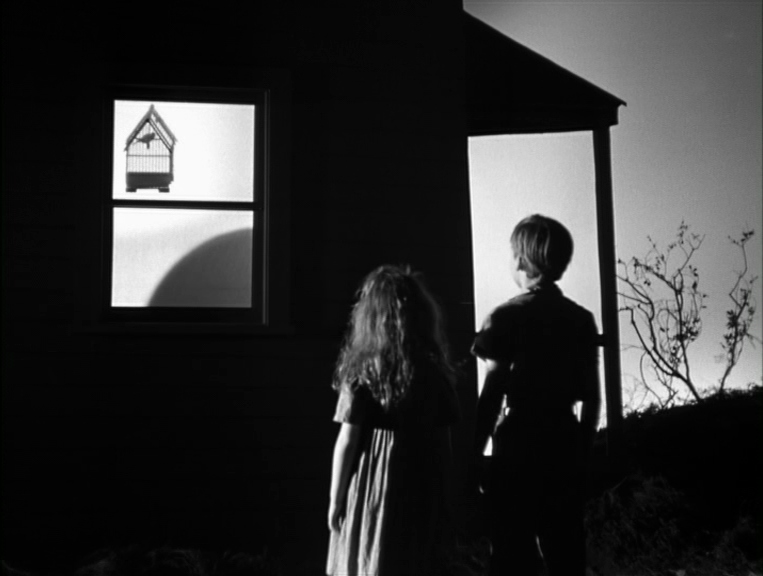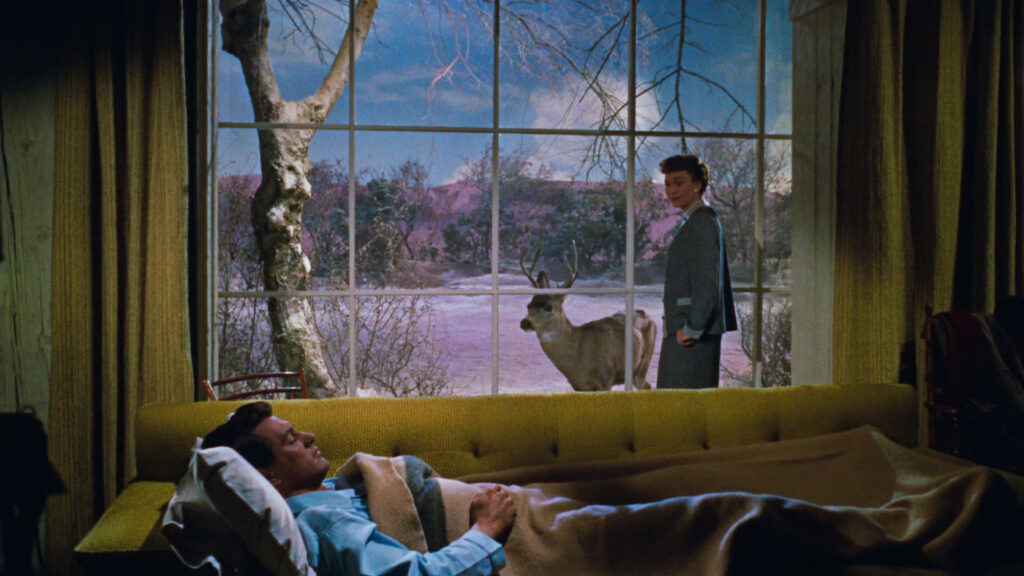Nicolas Winding Refn’s 2011 film “Drive” is a masterclass in visual storytelling, employing silence as a powerful narrative tool to heighten tension and amplify the impact of violence. This article explores the deliberate use of silence in “Drive” to evoke a sense of unease, enhance character dynamics, and ultimately, create visceral and shocking moments of violence that leave a lasting impact.
“Drive” takes place in the gritty underbelly of Los Angeles, where Ryan Gosling’s character, simply known as the Driver, leads a double life as both a skilled stuntman and a getaway driver for criminals. From the film’s opening minutes, it becomes evident that silence is a central element of its atmosphere. The absence of excessive dialogue and background noise creates a hauntingly quiet world that sets the stage for the intensity and brutal violence that unfolds.
Silence as Character Development
One of the film’s notable achievements is how it uses silence to develop its characters and build tension. The Driver, portrayed by Gosling, is a man of few words, which adds to his enigmatic nature. Through his stoic silence, the audience is drawn closer to understanding his internal struggles and motivations. The quiet moments invite viewers to interpret his emotions and actions, leaving room for both empathy and intrigue.

Conversely, Irene (Carey Mulligan), the Driver’s love interest, speaks softly and her words are measured, mirroring the subtle connection between the two characters. The sparse dialogue between the two protagonists gives their relationship depth and resonance, highlighting the significance of unspoken emotions. Silence becomes a powerful means of expression, conveying more than words ever could.
The Silence that Foreshadows
Silence in “Drive” operates not only as a tool for character development but also as a foreshadowing device. The quiet moments preceding acts of violence create a sense of unease, allowing the audience to anticipate the impending chaos. By depriving viewers of sonic cues, Refn heightens the impact of sudden bursts of violence, making them more shocking and visceral.

The infamous elevator scene showcases the film’s mastery of silence. As the Driver enters an elevator alongside his potential adversaries, there is an ominous silence, broken only by the ticking of the elevator’s numbers. The tension builds slowly, creating a sense of impending doom that explodes into a brutal act of violence. The absence of sound throughout the scene amplifies the impact of the ensuing chaos and echoes the raw intensity of the Driver’s actions.
Silence as Subversion
Refn deliberately subverts expectations by pairing extreme violence with moments of eerie stillness. By employing silence in scenes of brutality, he challenges the conventional Hollywood approach, where violence is often accompanied by bombastic sound effects and over-the-top music. In “Drive,” the stark silence forces the audience to confront the stark reality of violence, making it all the more shocking and uncomfortable.

The infamous motel fight scene perfectly exemplifies this subversion. The sound of breaking bones, grunts, and punches are the only audio cues heard, as Refn strips away any musical accompaniment. The haunting silence throughout amplifies the sense of despair and brutality.
Conclusion
“Drive” demonstrates the transformative power of silence in film, specifically in enhancing violence. Through deliberate and strategic use of silence, Nicolas Winding Refn creates an atmospheric masterpiece that immerses the audience in a world of tension and unease. By utilizing silence to develop characters, foreshadow violence, and subvert expectations, the film crafts memorable and shocking moments that are far more effective than any soundscape can achieve. “Drive” confirms the notion that silence can be just as powerful, if not more so, than words in evoking emotions, building tension, and creating a truly impactful cinematic experience.




